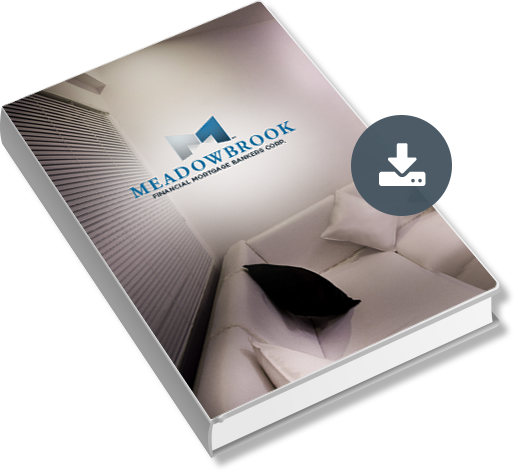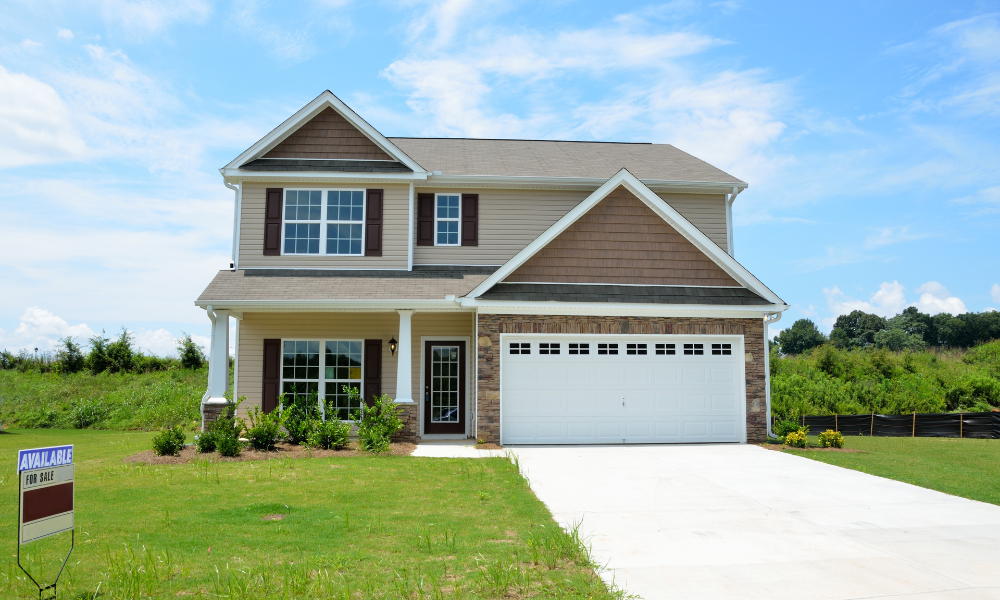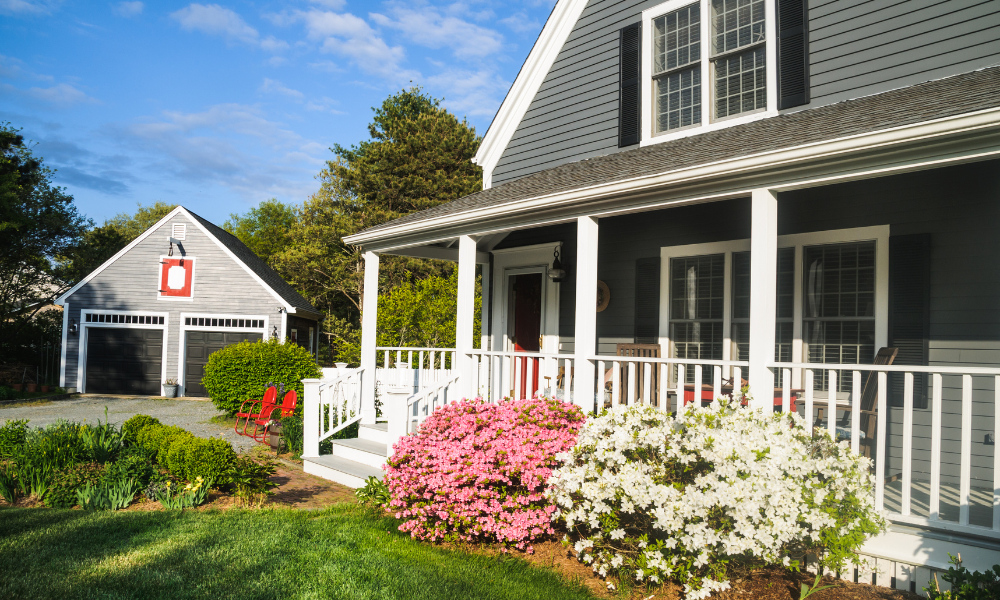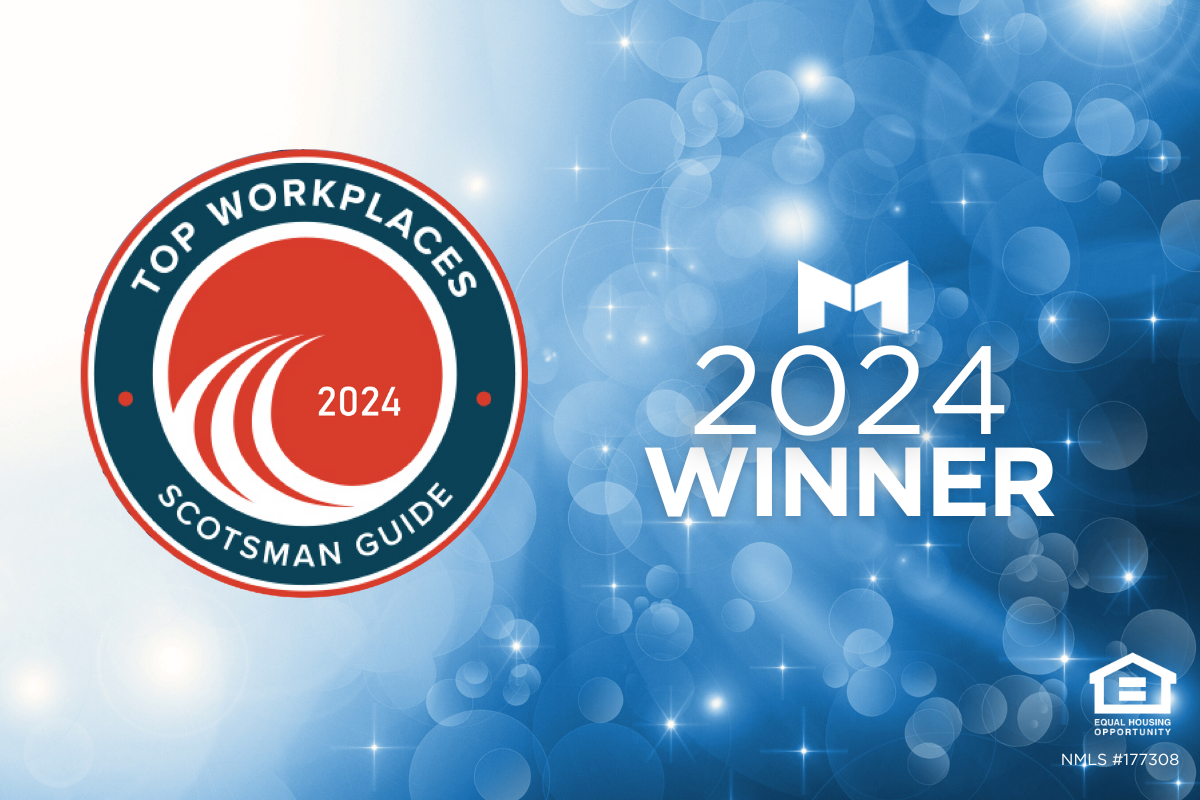Search Blog Posts by Blog Topic
First-Time Home Buyer Down Payment Strategies
January 6, 2024
Various online tools give first-time homebuyers the ability to determine the effect the down payment amount has through the course of a loan. While the amount you pay as down payment has a bearing on the overall interest you end up paying, it also affects your monthly repayments. Not surprisingly, the best down payment strategies for first-time home buyers require some effort on your part.
As a first-time buyer on the path to homeownership, paying attention to a few simple aspects helps ensure that you do not falter when it comes to making the down payment. For instance, you might decide to pay more than 20% as a down payment to make your monthly repayments more affordable. Alternatively, you might benefit by looking at options that require no down payment at all.
Calculate Costs Carefully
Most mortgage providers look at borrowers’ housing debt ratio to determine how much they can afford to borrow. Typically, the total cost of a home should not be more than 28% of a borrower’s annual income. Housing costs would include mortgage payments, taxes, homeowner insurance, and any applicable association fees.
Take into account ongoing maintenance expenses as well. As a general rule of thumb, expect to spend around 1% of a home’s value toward its upkeep every year. For example, if you buy a house for $100,000, prepare to spend around $1,000 each year as maintenance expenses. In addition, you might need to spend even more when addressing problems related to plumbing, wiring, and remodeling.
Looking to Purchase a Home on Long IslandContact Us
Start Saving
Unless you’re handed a home on a platter, there’s no particularly easy way to homeownership. So, how do you aggressively save for a down payment on a house? Here are a few pointers that may help.
- Transfer your tax refund directly into a savings account.
- Set up automatic weekly, fortnightly, or monthly transfers from your checking account to your savings account.
- All bonuses go into your savings account.
- Use credit cards wisely, by paying off entire balances before due dates.
- Round up purchases to the next dollar, with the change going directly into your savings account.
- Sell items you no longer use.
Minimize Spending
You might not do very well with saving if you don’t try to reduce your spending. An easy way to do this is to make sure you limit your expenses to the essentials, knowing what you need to avoid. For instance, while going out with your coworkers every weekend might be a great way to unwind, you may consider inviting friends over to your house to keep the expenses in check.
If your normal is buying a coffee on the way to work every day, think about making a cup at home or using the company coffee machine. With each cautious move, the savings can add up quickly, enabling you to have more money to put toward your down payment.
Downsize
For someone who lives on rent, one of the biggest expenses is rent. The money you spend on rent might work as a barrier when it comes to saving for a down payment. However, if you want to become a homeowner, you might need to reconsider your living arrangement. One way to do this is to look for a smaller apartment, or you might consider getting a flatmate.
In this day and age, several young adults move back with their parents in order to save money. According to data released through the Young Money Survey carried out by TD Ameritrade, close to half of all millennials moved back with their parents after graduating, mainly to save money.
Get a Side Hustle
According to data collated by FinMasters, gig workers comprise 16.4% of the U.S. workforce. Of these, several have primary full-time jobs. According to a survey carried out by Redfin, more than 35% of all millennial homebuyers take on second jobs to save for their down payment. As a result, one of the best down payment strategies for first-time home buyers is to add to their existing income.
What you choose to do depends on your existing skill set, unless you’re willing to upgrade. While you can offer your assistance as an online tutor or writer, you might also consider driving for Uber, Lyft, and the like.
 Build an Emergency Reserve
Build an Emergency Reserve
Unexpected expenses tend to increase considerably when you move from being a renter to a homeowner. Before you decide to get a home loan, make sure you build an emergency fund to cover around six months of living expenses. This would include mortgage repayments, food, utilities, insurance, and travel. This is because you never know when your home might need a large repair or when you might suffer a financial setback because of work.
Get a Monetary Gift
If you don’t have much money saved but wish to buy a house, determine if any of your family members are willing to gift you money that you may use toward making a down payment. In such a scenario, the person giving you the money needs to provide a letter that says the money is a gift, and he/she does not require any form of repayment. In addition, the gift needs to come through a verifiable method such as a money order or a cashier’s check. These measures are in place so lenders can ensure that the money is a gift because repaying it will add a financial burden to the borrower.
Use Retirement Funds
If you’ve been working for a while and saving toward retirement, you might have a tidy sum saved up in your 401(k). While this might not be the best way forward in making a down payment, it can give you access to the funds you need to become a homeowner. If you are okay with the idea of dipping into your retirement funds, start by getting in touch with your 401(k) plan administrator. Keep in mind that you’ll be taking a loan that you need to repay, and withdrawing money from this account before you retire might also come with tax penalties.
The rules surrounding using retirement money to make a down payment before the ages of 55 and 59½ vary depending on the type of account you hold.
Looking to Purchase a Home on Long IslandContact Us
- Employer-sponsored 401(k) plan. While these may allow for early withdrawal, you’ll need to pay a 10% penalty for early withdrawal as well as income tax. If you get a loan, you need to repay the entire amount within a stipulated time period, including interest, to avoid the penalty and taxes. With some 401(k) plans, borrowers get over five years to repay loans they take for primary homes. In case you leave your job, you need to repay the loan or roll it into an eligible retirement account before the next deadline for filing taxes. If you don’t, you’ll end up paying the penalty and taxes.
- Traditional individual retirement account (IRA). As a first-time homebuyer, you may withdraw up to $10,000 from your traditional IRA. While you will need to pay tax on the money you withdraw, there is no penalty involved if you use the money to build or buy your first home.
- Roth IRA. If you’ve held a Roth IRA for five years or more, you may withdraw funds to use toward making a down payment for your first home purchase. In this case, you don’t have to worry about incurring a penalty or paying taxes.
Identify Your Mortgage Alternatives
It is important to take a good look at the different types of mortgages you qualify for before signing the dotted line. Remember that getting a mortgage, from the time you apply till you get the money, may take weeks or even months. If you don’t begin the process in advance, there is a possibility that you will lose out on homes you like to buyers who come prepared. The first step is to look for a reliable mortgage lender.
So, how much do first-time home buyers get approved for? This depends on multiple factors and the best way to find out how much a lender is willing to lend to you is to get a preapproval. Once you get preapproved, you get a fair indication of how much money you can borrow. This gives you the ability to look for homes within your budget.
This stage also gives you a fair picture of existing interest rates. In the absence of preapproval, your offer will need to include a mortgage contingency clause that says that your offer is good provided you get a mortgage. From a seller’s perspective, this comes across as a negative, especially if there are other offers with preapproval on the table.
What is the best option for first-time home buyers who cannot come up with a 20% down payment? Your top alternatives include:
- USDA loans. These loans are provided by the United States Department of Agriculture. If you qualify for a USDA loan, you don’t have to make any down payment. You may use funds from a USDA loan to buy a home in a rural area, towns with populations of less than 25,000, as well as in suburbs of large cities. These loans are mainly offered to low and moderate-income individuals.
- VA loans. If you are a veteran, a surviving family member, or an active service member, you may qualify for a VA loan. These loans are provided by the Veteran’s Administration. Just like USDA loans, these do not require you to make any down payment. However, you need to pay a VA guaranty fee. VA loans come with highly competitive interest rates, and borrowers don’t need to get mortgage insurance.
 Look for Down Payment Assistance Programs
Look for Down Payment Assistance Programs
As a first-time homebuyer, you might benefit by taking a look at various local and state-level down payment assistance programs that are in place for low-to-middle-income borrowers. Several states in the country, New York included, have such programs in place. Government bodies, nonprofit organizations, and even employers typically implement first-time home buyer programs.
The money you receive through a first-time homebuyer down payment assistance program usually comes in the form of a zero-interest forgivable loan. While some programs are made available across the country, others are more limited in their geographical focus. What you need to remember, though, is that qualifying for these programs requires that you meet various eligibility criteria.
What You Need to Know About Private Mortgage Insurance
You typically need to get private mortgage insurance (PMI) if you pay less than 20% of a home’s selling price as a down payment. While this is a usual requirement with conventional loans, it is also required with USDA and FHA loans.
If you wish to pay less than 20% as down payment, most lenders would require that you get PMI. This offers lenders protection in case you default on your loan. PMI typically costs around 0.5% to 1% of the loan amount. With a $100,000 mortgage and a PMI of 1%, you’ll end up paying $1,000 per year. In most cases, you will need to keep the PMI in place for at least two years. Once the equity you build in your new home crosses 20%, you get to drop the insurance.
The cost of the PMI is usually added to your monthly mortgage payment. However, some lenders give you the option to make a one-time upfront payment at closing or to make a partial upfront payment and get the balance incorporated into your monthly payments. Some lenders offer lender-paid PMI, in which case you end up paying slightly higher interest on your mortgage. As a result, you might consider getting lender-paid PMI only in a low-interest-rate environment.
Conclusion
When buying a home, the down payment you make can have a significant effect on how much you end up paying as interest through the course of the loan. Knowing how much you can afford to borrow is crucial, as is trying to pay as much as you can toward the down payment. While a no down payment loan can get you on the road to homeownership, keep in mind that it might cost more than a conventional loan.
Since there is more to buying a home than looking at first-time home buyer down payment strategies, you might also benefit by going through the Meadowbrook Financial Mortgage Bankers’ First Time Homebuyer’s Guide.
Disclaimer:
30-Year Fixed-Rate Mortgage: The payment on a $200,000 30-year Fixed-Rate Loan at 3.875% and 80%loan-to-value (LTV) is $940.14 with 0 % points due at closing. The Annual Percentage Rate (APR) is 4.026%. Payment does not include taxes and insurance premiums. The actual payment amount will be greater. Some state and county maximum loan amount restrictions may apply.
Ready To Get Started?
Fill out the form below and a mortgage professional will get back to you shortly.

First Time Homebuyer’s Guide
Considering homeownership but not sure where to begin? The Meadowbrook Financial Mortgage Bankers Corp. guide to home buying will make the process easy all in one packet.
Recent Articles

Should You Buy an Under-Construction, New Build, or…
18 June, 2025The dream of owning a home often comes with having to make an array of decisions, and perhaps none is more crucial than choosing the…

How Do Pets Influence Homebuying?
1 May, 2025Adding a furry friend to your family can bring so much joy to your life. Whether it’s a dog, cat, bunny, or other, they’re sure…

Tips to Speed Up Closing on a House
1 April, 2025When you find your dream home, you want your next chapter to begin as soon as possible! Closing on a house is certainly a process…


